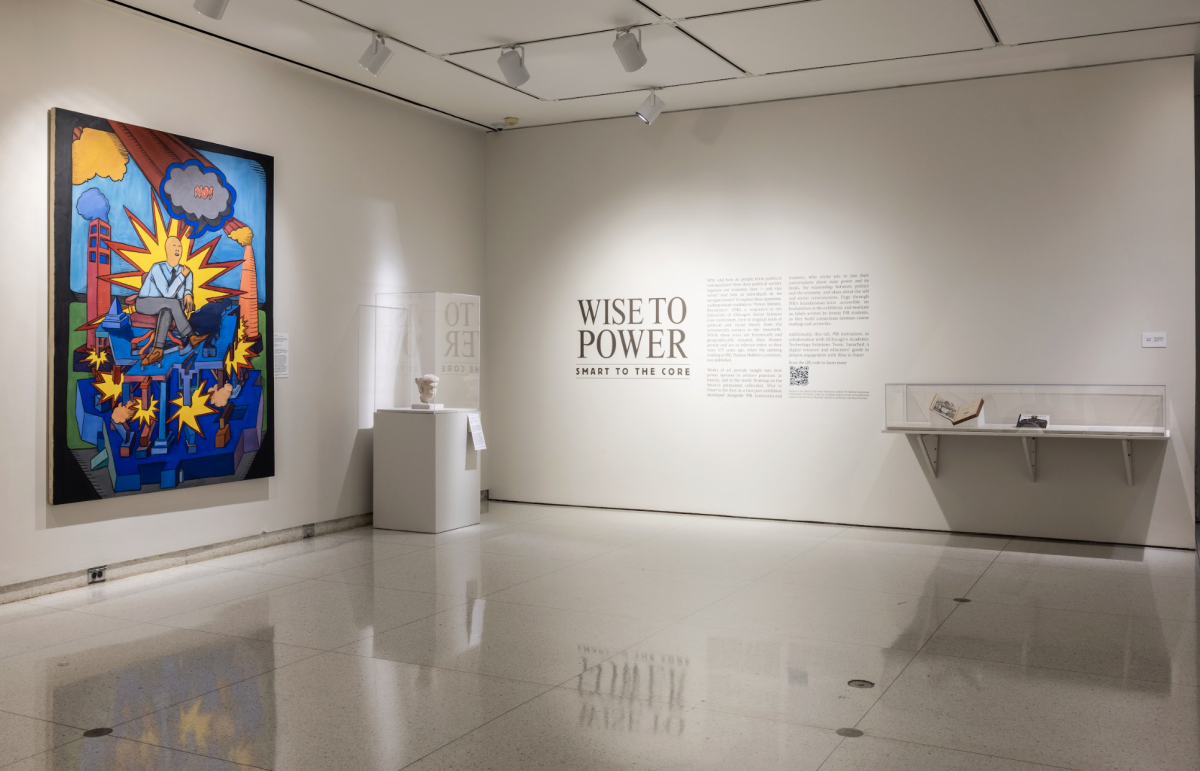The GWB media blitz—supported by the largest war chest in campaign history1—distinguished itself by immediately pissing everybody off in the most predictable way possible. Not only did they send the media up in arms, they couldn’t find an unexpected way to do it, which worried wonks like Michael Isikoff and/or his unnamed sources. “But privately,” he wrote, “some GOP strategists were disturbed by the backlash and suggested the ad team had misjudged how the imagery would play.”
Better than Isikoff lets on.2 The more interesting question—proposed by writers like Ryan Izza—is why the Bush machine would kick off its media campaign by immediately answering a three-year-old question (will Bush use intense 9-11 footage in ads?) and then following it up with Arabs as terrorists. Figuring out how this will play—in the press as much as Peoria—shouldn’t be difficult for a “GOP strategist,” much less for the media sophisticates who actually designed the ad. All the hand-wringing has much more to do with the fact that these “screw-ups” are a subtle part of a larger piece.
First, let’s get this out of the way quick: What are the John Kerry ads about? Read any articles about them? Right. So that’s part of the strategy, but by far the least interesting part. Let’s move on.
The swarthy guy in the “100 Days” ad should be the most egregious error.3 But watch the ad a couple times. He might be Arabic—”Muhammed Horton,” in reference to the infamous Willie Horton ads, has become the ad’s accepted nickname. But whereas the Willie Horton ads were blatant plays on racial fear as an endgame, “100 Days” comes early in the campaign and works more subtly. The man in the ad could also be Indian, maybe Greek, or Joe Mantegna; hence the framing trick that isolates only a small part of his face. When media advisor Mark McKinnon said that the man was meant to be generic, the ad’s design gave him enough wiggle room to not be a complete fraud for saying it—a dissembler, maybe, but that’s generally accepted in his field. As it happens, Karen Hughes said the man (the actor? the character?) wasn’t Arabic, and spokesman Scott Stanzel said that “the images in our ads fairly represent the challenges and threats we face.” The president of the Arab-American Institute said that someone in the Bush administration told someone on his staff who told him that the actor was Italian.
There’s something Rorschach-like about the ad. In the Boston Globe4, Anne E. Kornblut writes “it also offers a striking interpretation of what a terrorist looks like. During a passage about terrorism, the ad shows video of a menacing, dark-skinned man looking directly into the camera.” Sure, this ad is deeply cynical and malevolent, but looking at it dispassionately, Kornblut is wrong. Or at least has no right to be as sure in her interpretation as she is, particularly in a news article.5 The “terrorist” is not identified as such. And he does not look directly into the camera; he looks out of the corner of his eye. Menacing—could be, for two eyes and a nose. I thought he looked worried. Maybe if he was blind or had some kind of severe medical condition, that would make him less menacing. Or not.
Point is, no one can say for sure, which makes everyone paranoid—which is the bottom line. The ad isn’t supposed to make people openly hate Arabs or anyone with dark skin. The point is to make everyone feel deeply uncomfortable with everyone else. And when Mark McKinnon can say that the guy is generic and have some basis in reality, that only thickens the tension.
The bad cop aspect of the Bush message—not just of the campaign, but of its statements—is paranoia. Iraq and Afghanistan are parts of a greater, amorphous whole, an inexhaustible and potentially limitless war on terror.6 This is brilliant strategy. H.L. Mencken wrote: “The whole aim of practical politics is to keep the populace alarmed (and hence clamorous to be led to safety) by menacing it with an endless series of hobgoblins, all of them imaginary.” This is effective, but eventually gets problematic when people find out how imaginary the hobgoblins are.7 The real innovation of the Bush campaign is to create actual imaginary hobgoblins, which, like the ether, are everywhere and nowhere at once. “Terrorism” is at once concrete and abstract, immediate but unlimited.
The swarthy guy in “100 Days,” then, is right on message and the perfect symbol for this aspect of the Bush pitch. He might be a terrorist—certainly enough people think that is his purpose in the commercial. Or he might not be. How do you know? You don’t. You better keep an eye on him. Or someone should. We all should.
No, really, they’re not kidding: “Any sign of weakness or retreat simply validates terrorist violence and invites more violence for all nations.”8 This is wartime language, meant to update classic American propaganda and the concept of eternal vigilance.
“100 Days” is the vigilance soft-sell, and one of the most adept uses of paranoia since we lost and then found sincerity again. It’s very effective, very well-structured, and not at all a misjudgment.
(Footnotes)
1 The most recent GWB campaign dinner brought in $1.5 million dollars.
2 A Northwestern grad. I’m just saying.
3 The 9/11 coffin shot might be in poor taste, but it’s at least trying not to be.
4 Which might, you know, have an axe to grind.
5 If you want a stereotype, here’s a good one: Be skeptical when writers use their middle initial.
6 I realize that they probably picked “war on terror” because it has a better ring than “war on terrorism,” but—I mean, come on.
7 Or when the politicians didn’t know if they were imaginary in the first place, as Bush & co. are discovering with WMDs.
8 GWB on the one-year anniversary of the Iraq invasion, March 19: the week after the Madrid bombings.








